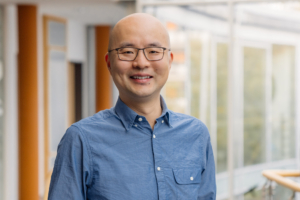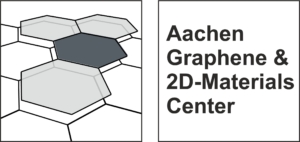Research
Graphene Electronics
Graphene and other two-dimensional materials appeared on the stage first in 2004, raising great expectations that they could revolutionize microelectronics. These expectations were largely driven by the excellent intrinsic properties of graphene: high carrier mobility, broadband optical absorption, ultimate thinness, and high mechanical strength.
At AMO, we are doing research on graphene and other 2D materials for applications in microelectronics and optoelectronics since 2006. We are interest on the integration of two-dimensional materials with conventional silicon technology for applications in high frequency electronics, sensing and photonics, as well as in exploring applications of graphene in flexible and wearable electronics.
Group Leader: Dr. Zhenxing Wang
Deputy Group Leader: Dr. Gordon Rinke




